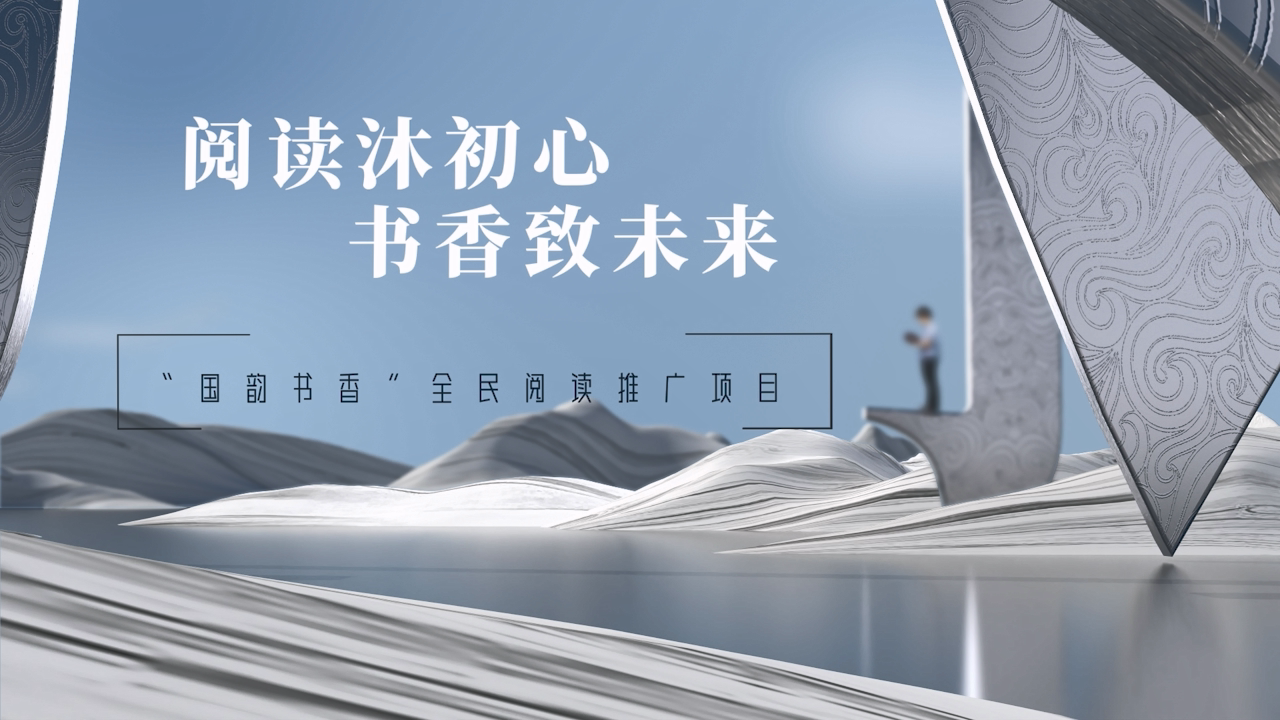 Beijing, 21 April 2025 - The Open University of China’s (OUC) "Guoyun Shuxiang" National Reading Campaign was recently selected as a 2025 "Lifelong Learning Brand Programme" by the China Adult Education Association.
Beijing, 21 April 2025 - The Open University of China’s (OUC) "Guoyun Shuxiang" National Reading Campaign was recently selected as a 2025 "Lifelong Learning Brand Programme" by the China Adult Education Association.
Since 2014, the "National Reading" initiative has been included in the State Council’s annual government work report for 12 consecutive years. OUC has consistently advanced reading promotion, organised annual reading campaigns for over a decade and developed the "Guoyun Shuxiang" as a brand event. In 2024, participants exceeded 10 million. Leveraging its digital platform and resource advantages, this programme integrates nationwide reading resources, advocates lifelong learning, and fosters a learning society. It engages OUC students, industrial workers, seniors, urban and rural communities, and diverse social groups. It has cultivated a collaborative reading ecosystem featuring "headquarters leadership, system-wide coordination, multi-sector partnerships, and extensive public participation."
Over the past decade, the programme has made reading a key driver for building aa learning society where lifelong learning is pursued by all. Coverage by major media outlets, including Xinhuanet, CCTV.com, and People’s Daily, has amplified its impact and visibility, showcasing OUC’s commitment to advancing reading and social learning. The university has twice been honoured as a "National Reading Excellence Unit" by Library Society of China and was designated a "Permanent National Reading Demonstration Base" in 2011. In 2024, it was recognised as a "Model Reading Institution" by the Beijing Municipal Publicity Department.
Moving forward, the "Guoyun Shuxiang" programme will further strengthen its brand, provide proactive services, and lead in reading promotion, social education, and cultural dissemination. By inspiring more learners and the public to embrace reading and lifelong learning, it will contribute to building a society and country of learning where lifelong learning is pursued by all.
Contributed by Learning Resources Department, Library (University History Museum)